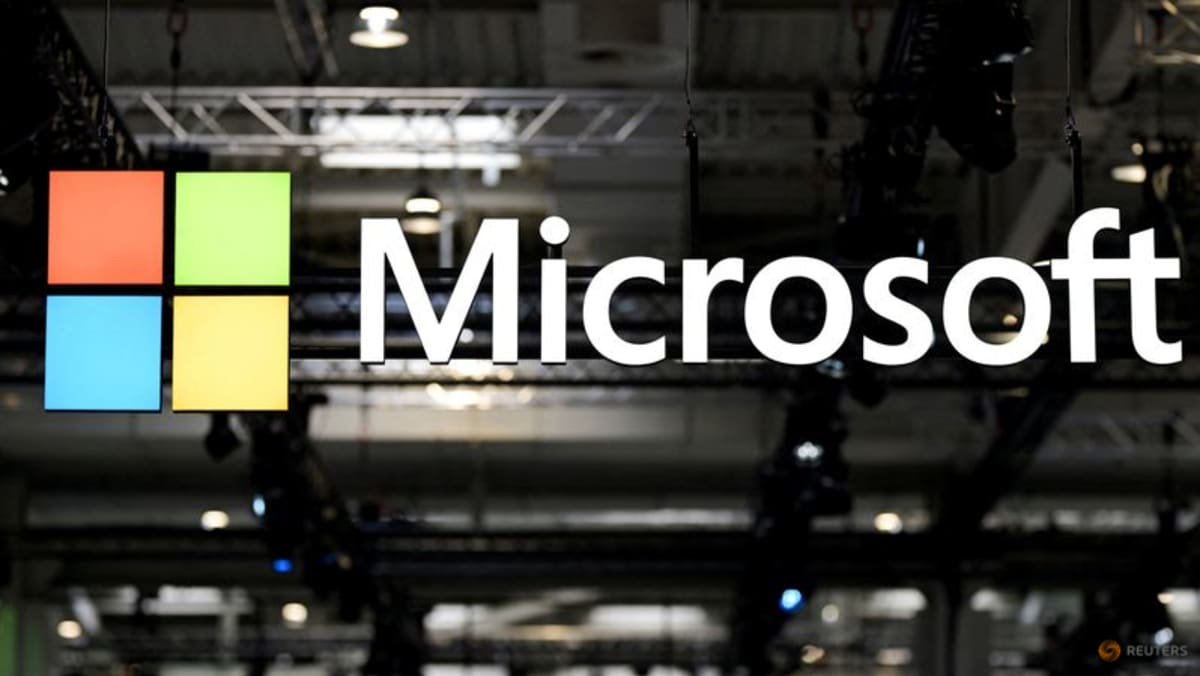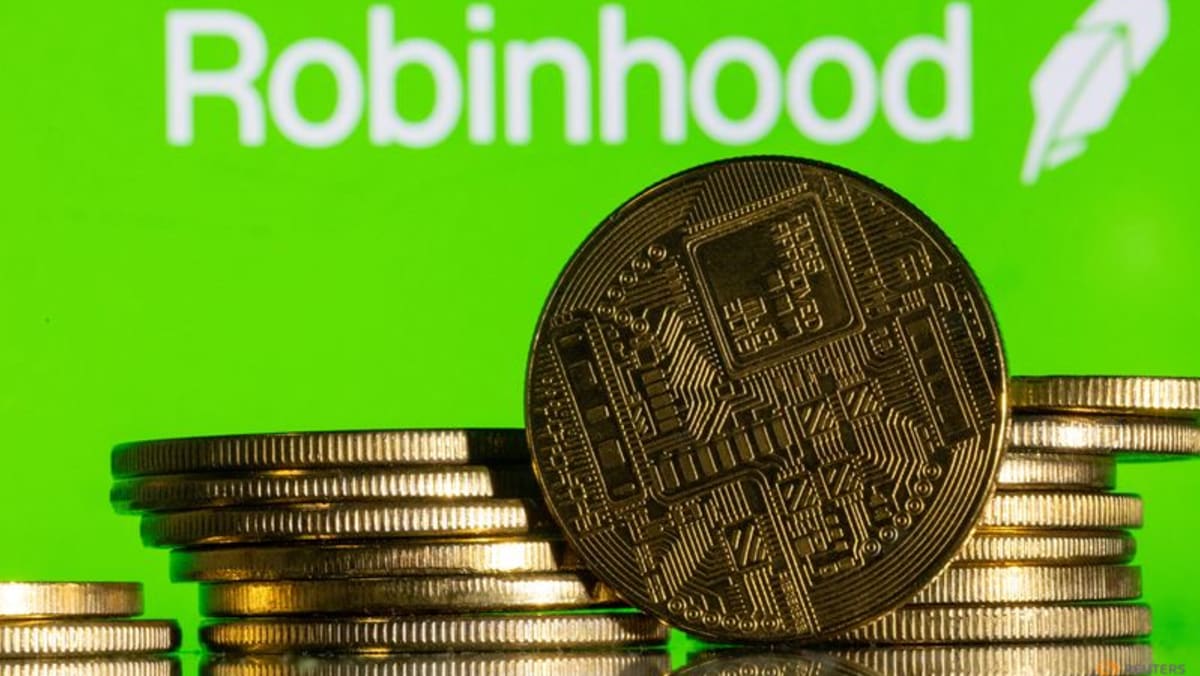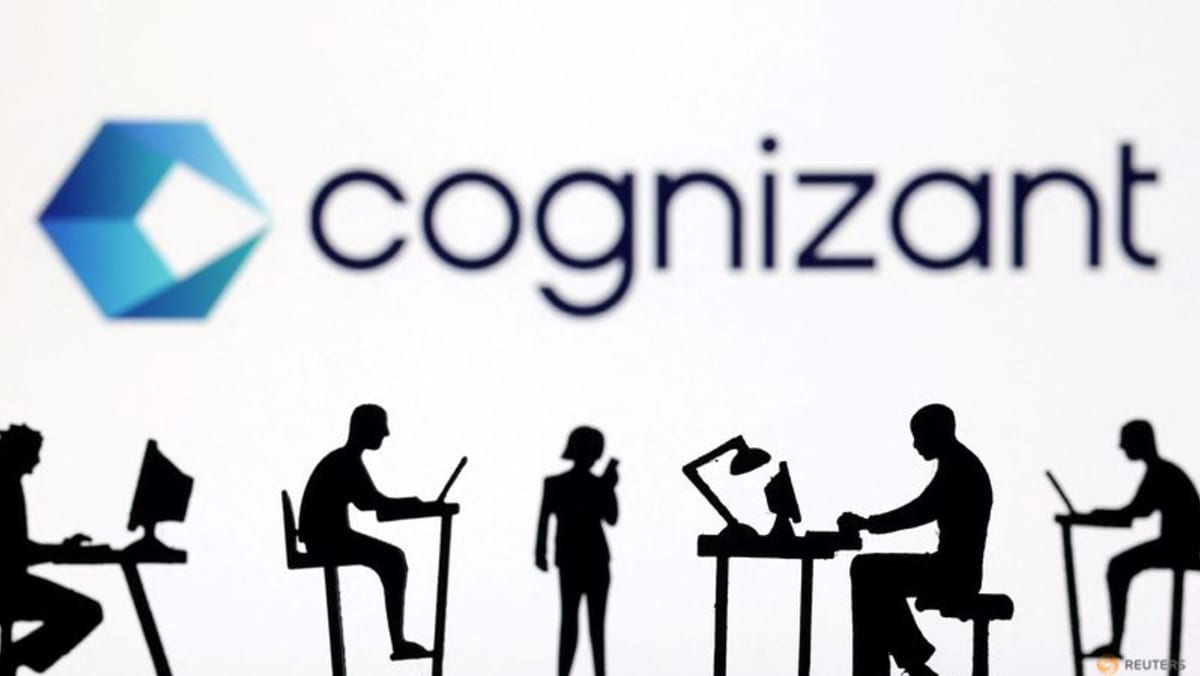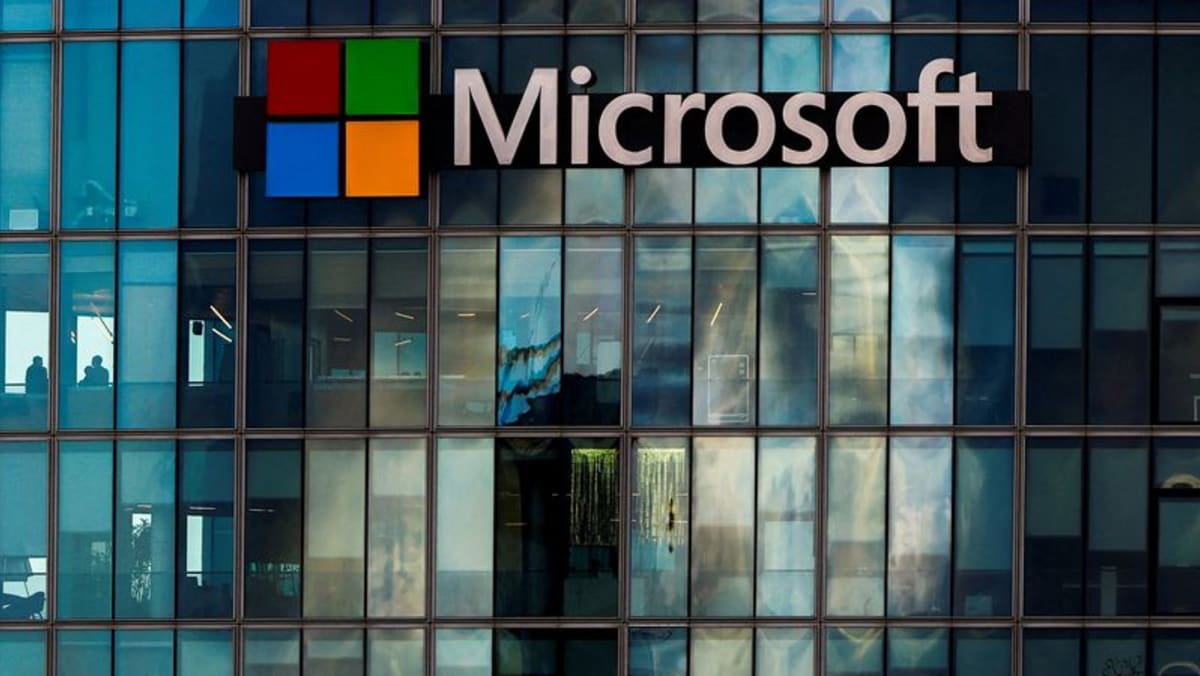Microsoft forecast on Wednesday stronger-than-expected quarterly growth for its cloud-computing business Azure after blowout results in the latest quarter, calming investor worries in an uncertain economy and lifting its shares 7 per cent after hours.
Microsoft’s results, which follow similar outcomes from Google last week, could ease concerns about a potential slowdown in AI demand, after some analysts pointed to canceled data-center leases at Microsoft as a sign of excess capacity.
Investors had also been worried about the fallout from sweeping U.S. tariffs that are prompting businesses to rein in spending, but robust advertising sales at Meta Platforms suggested that is so far not happening.
The rise in Microsoft’s shares set it on course to add more than $200 billion to its value.
Microsoft said revenue at its Azure cloud division rose 33 per cent in the third quarter ended March 31, exceeding estimates of 29.7 per cent, according to Visible Alpha. AI contributed 16 per centage points to the growth, up from 13 points in the previous quarter.
The company also forecast cloud-computing revenue growth of 34 per cent to 35 per cent on a constant currency basis for the fiscal fourth quarter to between $28.75 billion and $29.05 billion, well above analyst estimates, according to data from Visible Alpha.
Commercial bookings growth – which reflects new infrastructure and software contracts signed by business customers – rose 18 per cent in the fiscal third quarter, driven in part by a new Azure contract with ChatGPT creator OpenAI. Microsoft declined to comment on the size of the deal or what role it played in overall Azure sales growth.
However, Amy Hood, Microsoft’s chief financial officer, told investors on a conference call that the AI contribution to the cloud computing business was in line with the company’s expectations, while “the real outperformance in Azure this quarter was in our non-AI business.”
“So the only real upside we saw on the AI side of the business was that we were able to deliver supply early to a number of customers,” Hood said.
The company’s Azure results came after a number of Wall Street analysts had lowered expectations as research reports said Microsoft had ended some data center lease obligations.
CEO Satya Nadella said on a conference call that Microsoft has a long history of constantly adjusting its data center plans, but only in recent quarters had analysts started closely scrutinizing those moves.
“The numbers were skeptical going in, giving them the room to beat pretty heavy. The beat wouldn’t have been this big if we didn’t have all these problems,” said Dan Morgan, senior portfolio manager at Synovus Trust, referring to tariff uncertainty.
SPENDING RISES FOR SHORTER-LIVED ASSETS
Redmond, Washington-based Microsoft reported a profit of $3.46 per share in the quarter, topping expectations of $3.22 per share.
Revenue rose 13 per cent to $70.1 billion, with the Intelligent Cloud unit, which houses Azure, contributing $26.8 billion.
In the third quarter, Microsoft’s capital expenditures jumped 53 per cent to $21.4 billion, however the proportion of longer-lived asset expenditures fell to about half of the total.
Hood told investors that in the company’s fiscal 2026, which will begin in July, capital expenditures will continue to grow, but at lower growth rates than for the current year and with more of an emphasis on shorter-lived assets.
That reflected a shift in Microsoft’s spending on assets such as data center buildings toward assets such as chips, said Jonathan Neilson, Microsoft’s vice president of investor relations.
“You plug in CPUs and GPUs, and then you can start recognizing revenue,” Neilson said, referring to categories of chips made by Intel, Advanced Micro Devices and Nvidia, among others.
Microsoft, which has repeatedly said it is capacity constrained on AI, has been pouring billions into building its AI infrastructure and expanding its data-center footprint.
A pullback in Big Tech’s AI spending would have big implications for suppliers such as chip giant Nvidia, as well as the U.S. economy. J.P. Morgan analysts estimated in January that data-center spending could contribute between 10 and 20 basis points to U.S. economic growth in 2025-2026.












